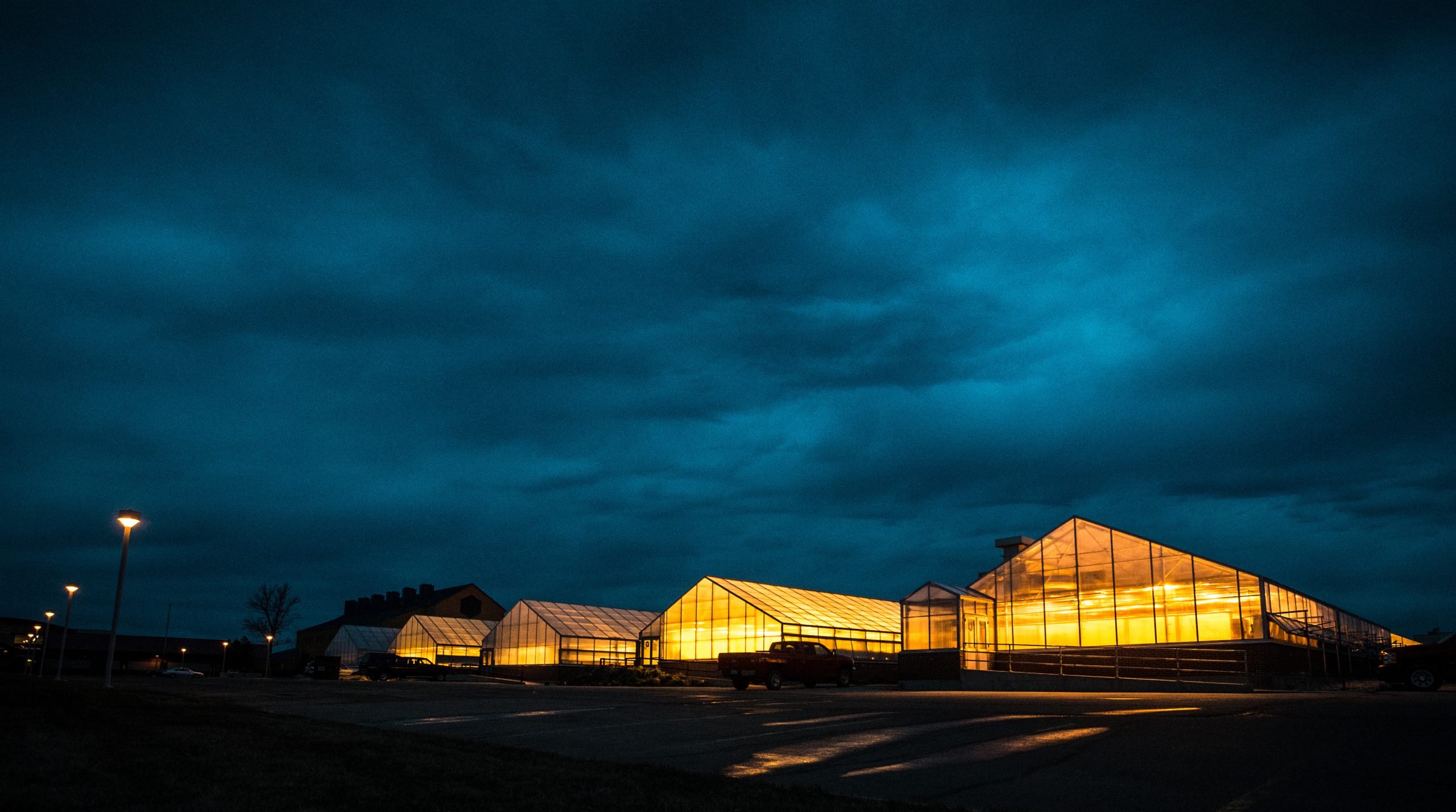Roughly 40 percent of all food produced for human consumption in the United States—133 billion pounds of food and $165 billion annually—is wasted. Redistributing only 2 percent of this wasted food could end hunger in the United States. This epidemic of waste is also the single largest contributor to landfills, a major contributor to methane emissions. This is an environmental and public health concern.
Composting, consumer education campaigns, standardization of date labeling, smaller portion sizes, and food donation tax incentives are just a few examples of effective mechanisms to reduce food waste. But waste occurs at every link in the food chain, and there is one part that has been continuously overlooked: post-harvest food waste. In fact, the U.N. Food and Agriculture Organization estimates that almost half of food waste happens post-harvest. In other words, the most food is thrown out by consumers and retailers because it expires. But researchers have found a promising solution by thinking out of the box, or rather, by thinking about the box itself: packaging.
As presently deployed, most packaging is made from petroleum—a material that leaks harmful compounds into foods and does not degrade, creating tons of plastic waste that sits in landfills for years. Even worse, current packaging does only a mediocre job of limiting spoilage. Scientists have therefore developed new packaging technologies to increase the shelf-life of the products they contain. These packaging solutions are keeping food such as fruits, vegetables, and animal products fresh by introducing mechanisms that delay spoilage, monitor freshness, and repurpose agriculture by-products into biodegradable packaging.
Packaging: A Three-Fold Solution
According to ReFed’s Roadmap to Reduce Us Food Waste by 20 Percent, packaging changes have the potential to divert 280,000 tons of food from landfills. And though the scope of packaging innovations is vast, it can be broadly categorized into three types: responsive, smart, and bio-packaging.
Responsive packaging uses stimuli-responsive techniques like modified-atmosphere, vacuum seal, and self-heating and cooling technologies to create specific environments that maintain freshness. These technologies replace the conventional and harmful use of chemical sprays or preservatives on foods. BluWrap, a California-based start-up, for example, is revolutionizing the shipping and handling of meat and fish. They use controlled-atmosphere technology packaging to monitor oxygen and temperature levels so the protein products can be shipped by sea without fear of spoilage. Such changes, in turn, reduce the package’s carbon footprint.
Smart technology, by contrast, uses sensors to evaluate the freshness and safety of food. Unlike the ambiguous best by, sell by, and best if used by labels, these tags clearly detect the quality of packaged foods and communicate information about optimal consumption timelines and possible contamination through scannable barcodes. In light of recent recalls of spinach due to E. coli contamination and peanut butter due to Salmonella, smart technologies are critical not only for reducing food waste, but also for consumer safety.
Lastly, bio-packaging repurposes materials produced from agricultural waste into biodegradable packages. The benefit of these plant-based composites is two-fold: they chip away at already accumulated waste and prevent future waste by extending the shelf-life of their contents. For example, scientists at the USDA developed films made from milk protein that are 500 times better than plastics at keeping oxygen away from food, ultimately delaying spoilage. Plus, since they are derived from milk, they are biodegradable, sustainable, and edible.
Along with helping consumers save money, these technologies can permeate the entire food supply chain, radically reducing waste in earlier stages too. The same packing innovations for temperature and pressure control in individual packages, for example, have been applied to large shipping containers. Similarly, smart packaging tags, originally made for consumers, are now used by food manufacturers to plan their processing timelines.
Looking Toward a Greener Future
Better packaging technology therefore exists, but it’s expensive—and although prolonging shelf-life of food saves thousands of dollars for shoppers and sellers in the long-run, the high upfront costs are intimidating for retailers. Still, as the leading country in food waste, and largest consumer of packaged, convenience foods, it only makes sense for America to also lead the movement towards accepting sustainable packaging.
The EPA and USDA plan to reduce waste in the United States by 50 percent by 2030, and emerging packaging technology has enormous potential to help reach that goal. But to do so, every link on the food chain must reduce its waste, which means removing the barriers to novel packaging solutions. Food packaging technology can cut a substantial amount of our total waste, but full consumer and government support are needed to fully implement these solutions.
Image Credit: Google Images/Lance Cheung
